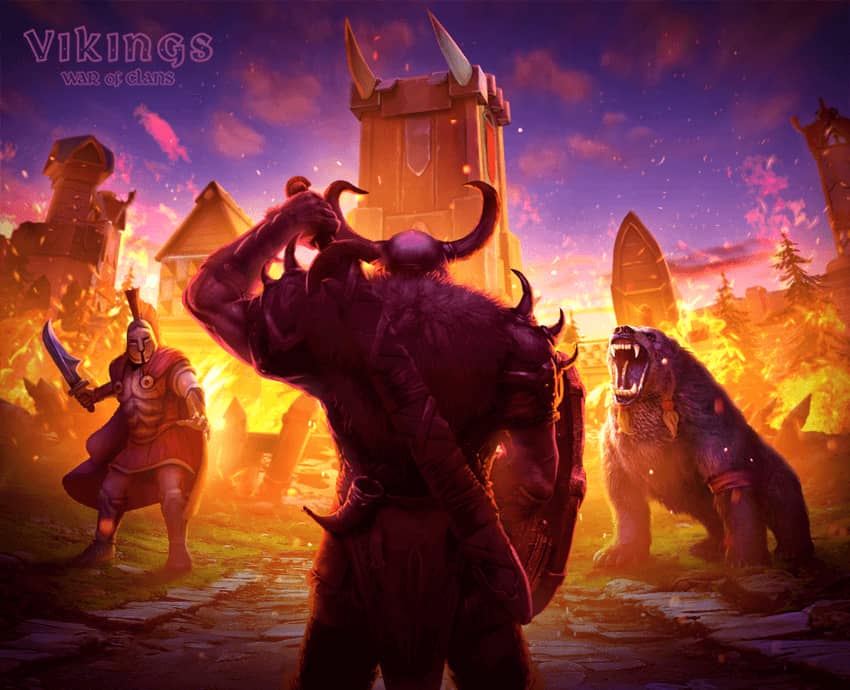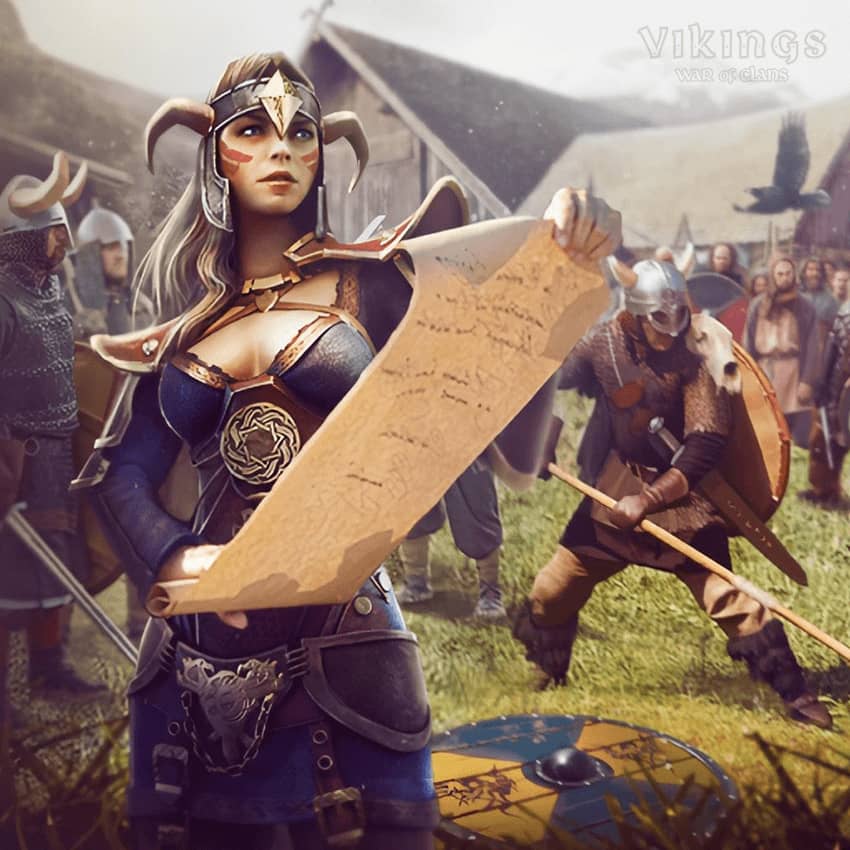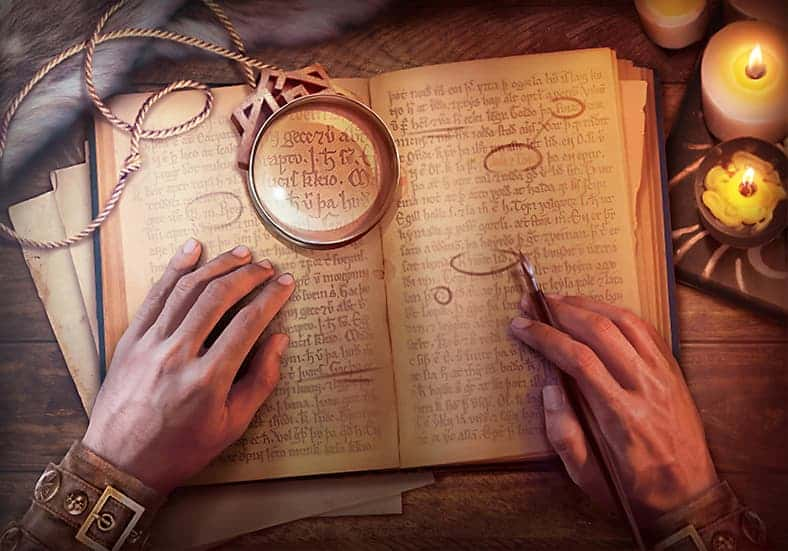We are delving deeper into the topic of Viking music. In the previous article, we talked about the skalds and songs of the Northmen. This time, we’re going to explore Viking musical instruments. Let’s start with woodwind instruments.
Munnharpe
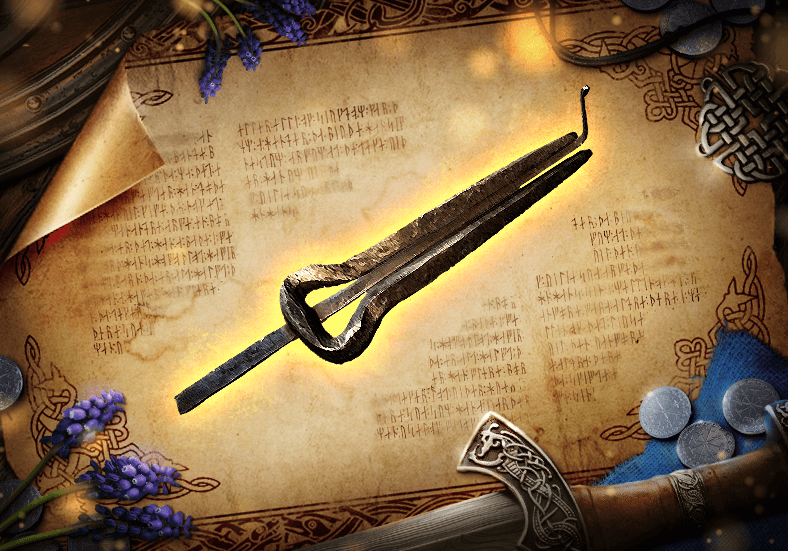
This is a Scandinavian version of the jaw harp, which is one of the most ancient musical instruments. In different countries around the world, variations on this instrument have their own names, such as “doromb” in Hungary, “murchunga” in Nepal, and “dan moi” in Vietnam.
To play the munnharpe, you need to open your mouth slightly, leaving a small gap between your teeth, press the instrument firmly against your teeth, and hit the reed with your finger.
Flute
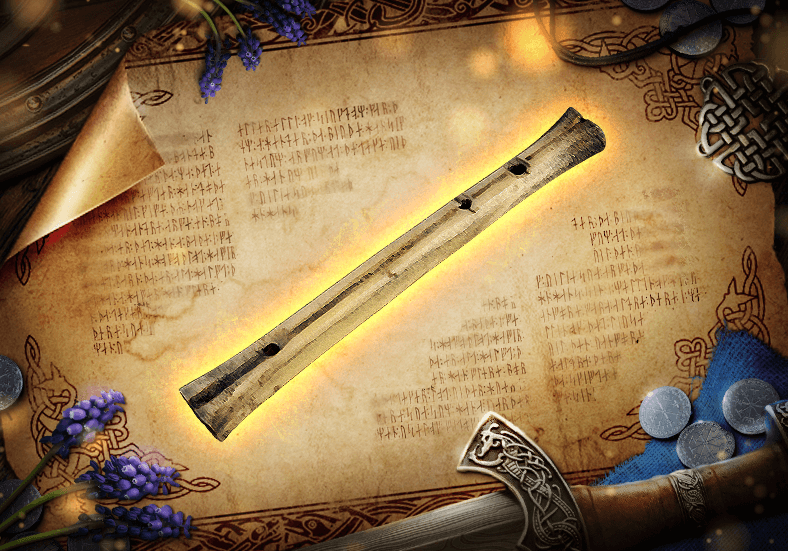
Here is another instrument that was common among ancient peoples. The Vikings used the thin leg bones of cows, deer, or large birds to craft flutes. Such instruments mostly had three holes, which added more notes to the flute’s range, but some examples that have been discovered by archaeologists have as many as seven holes.
Pan flute
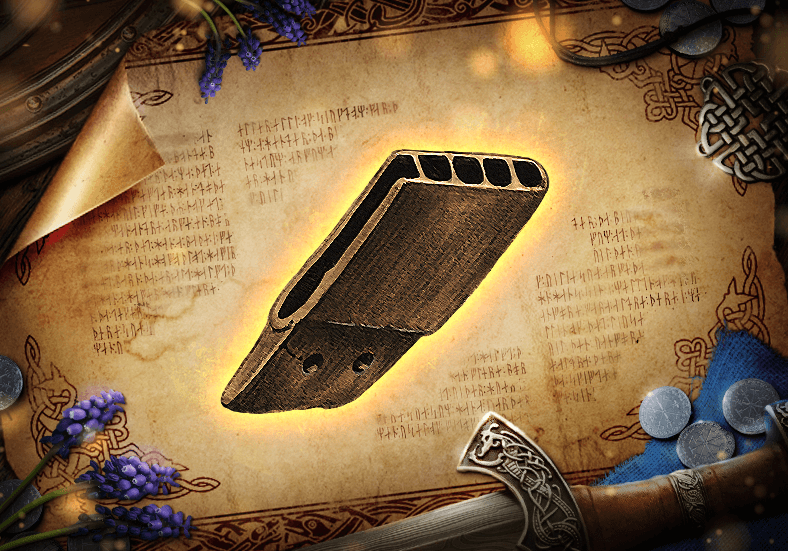
During excavations in York, archaeologists found a tenth-century Viking pan flute. Unlike the usual European pan flute, it didn’t consist of several pipes. The Northmen used to craft their flutes from a single piece of wood with five holes of different depths inside that produced the notes A, B, C#, D, and E. The upper part of the pan flute was beveled to provide a more comfortable rest for the musician’s lips during a performance.
Horn

Goat and cow horns were also used for crafting musical instruments. Each woodwind instrument of this type produced its own unique tone, due to the unique characteristics of each animal horn.
As with flutes, the craftsman could drill holes in the side of the horn to expand its melodic range. Horns without holes were most likely used to signal a call to arms at war rather than for musical performance.
Shawm
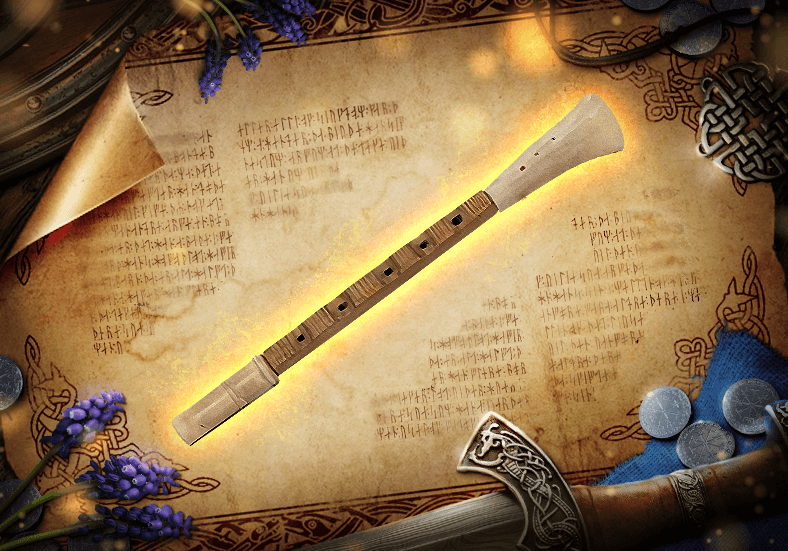
The body of this instrument resembles a flute, but the sound is extracted in a different way. To play the shawm, you need to blow air into it for a long time, which requires no small effort. The airflow vibrates the reed, producing a sound similar to that of bagpipes.
There is a theory that Vikings created the airflow using a special leather bag. That is to say, the shawm was not a musical instrument in and of itself, but was rather a part of the Viking bagpipes.
Lur
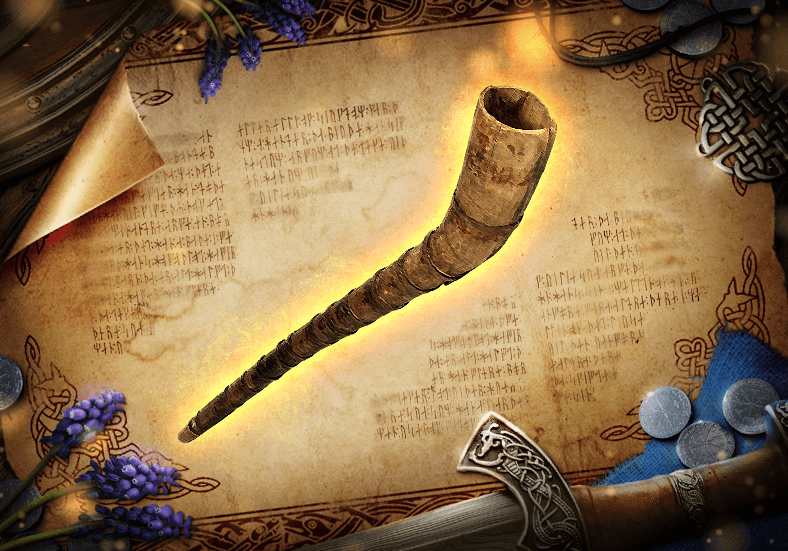
The origin and purpose of this ancient woodwind instrument are the subject of scientific debate to this very day. Some say that shepherds used the lur to call cattle. Others believe that it was an instrument of Viking battle music and was used to sound the alarm about an enemy attack or to gather warriors before a march.
The body of the lur looks like a wooden pipe, though a very long one – up to one meter in length. To craft it, Vikings would split a tree lengthwise into two halves and hollow out the core. Then both parts were fastened with ropes, ribbons, and thin willow bands, before being finished from the outside.
In the next article, we’ll be talking about Viking string musical instruments. Stay tuned!
